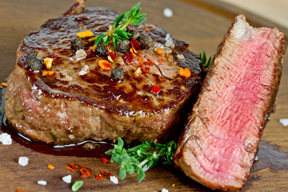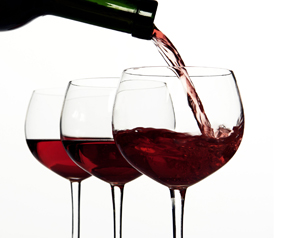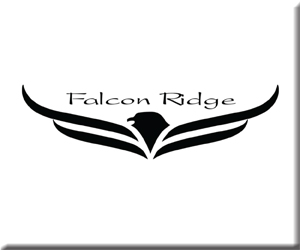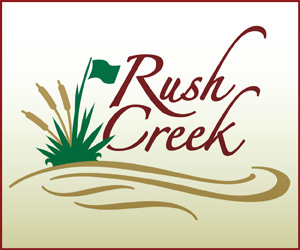Perfectly Pairing Your ‘Reds’
By Leslee Miller
It should come as no surprise that the instinctive wine choice for a mouthwatering pan seared or perfectly grill marked steak hot off the grill is red, but have you ever truly analyzed the exact choice of red grape when pairing to your favorite cuts of meat? In reality, I will tell you that it takes a whole lot more consideration than simply pulling the first ‘bold red’ out of your wine collection to make the perfect pairing. Think of the act of pairing wine with food as more of an art form. Here, with just a few hard and fast rules under your belt, your pairings can become more inventive and in fact, a whole lot more fun to create!
The first and probably the ‘golden rule’ to follow when pairing any wine to food, is to consider ‘the prep’. Second rule, consider the sauce. Sauces can sometimes dictate an entire pairing depending on its weight in the dish. Third, the temperature and cut play two of the most powerful rules in the handbook rule of meat and wine pairing. Let’s look at it this way, if you told me you were preparing a pan seared rare tenderloin with a wild mushroom cream sauce and a smoked prime rib steak, doesn’t it sound a little funny to consider the same wine for both plates?
Let’s start with the most important rule of thumb, ‘the prep’. The preparation of any dish, whether it be smoked, grilled, sauced or spiced, is really the first thing to consider when pairing food to wine. One, pan searing your cut of beef versus smoking it displays a whole new set of palate differences between each prep. The first is instinctually clean showcasing a more intricate set of flavors, and the other displaying more textured full-bodied flavors in the beef. In this scenario, a lighter bodied Pinot Noir will pair a set of clean, fresh, yet earth ridden characteristics that can hi-light the more acute flavors of the pan seared version, while a rich red grape like Tannat that generally spends more time in barrel (taking on tones of smoke and spice) would pair best to the smoked cut capturing the full bodied flavors of the meat’s prep.
Next, consider the sauce! Is the sauce over the meat, part of the dish or lightly drizzled on the plate? The sauce is a highly dictative piece to the pairing puzzle, most forgetting to factor it in when pairing to proteins. Consider this: the heavier the sauce, the bigger the wine (both whites and reds).
And last, the cut and the temperature of the meat are significant factors in the grand spectrum of pairing. The simplest rule of thumb: the leaner the meat, the lighter the wine, and the richer the meat (with more fat), the heavier the wine. Three simple words to follow: Fat loves tannin! Lighter bodied red wines like Pinot Noir, Gamay or Grenache pair best with tenderloin, while medium weighted grapes like Malbec and Tempranillo to a New York and bigger red grapes with more tannin like Cabernet and Tannat pair best with cuts like Ribeye and Prime Rib (with more fat). Lastly, remember that the temperature of a cut can actually add more depth to wine and vice versa. For example, you have an older vintaged Cabernet (15+ yrs. old) in your cellar. Here, serving a rare to medium rare temp versus a medium to medium well temped cut can actually breathe a bit of life back into a bottle. Over time, tannin dissipates in red wine, therefore, serving a cut with a bit of ‘bounce’ to it can often lead to revitalizing parts of the already aged wine.
Overall, there are many factors to consider when pairing wine to food, but most importantly, it’s the flavor that you like best when combining both the wine and the food that matters most. So really, any grape will do if it makes you happy. Yet, if it’s ‘perfect food and wine pairing’ that you’re after, then stick to a few of these tips for your best successes!































